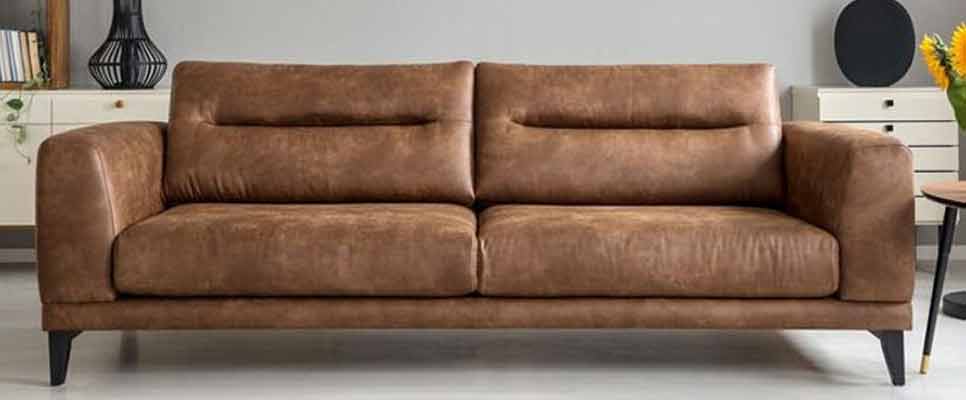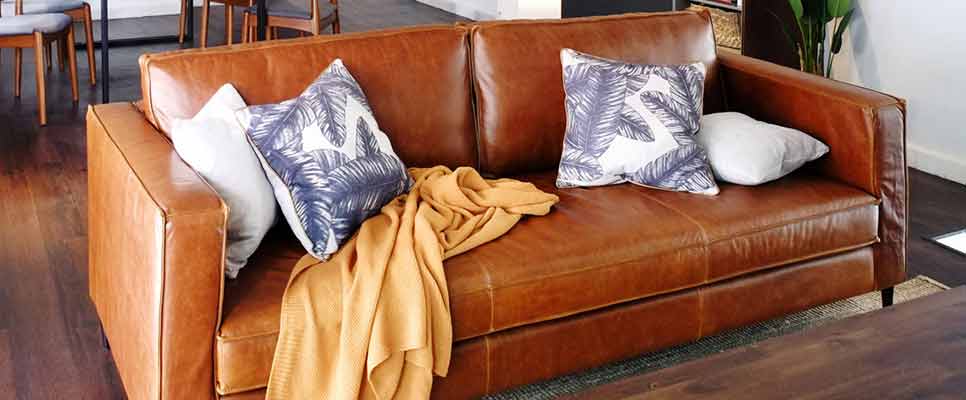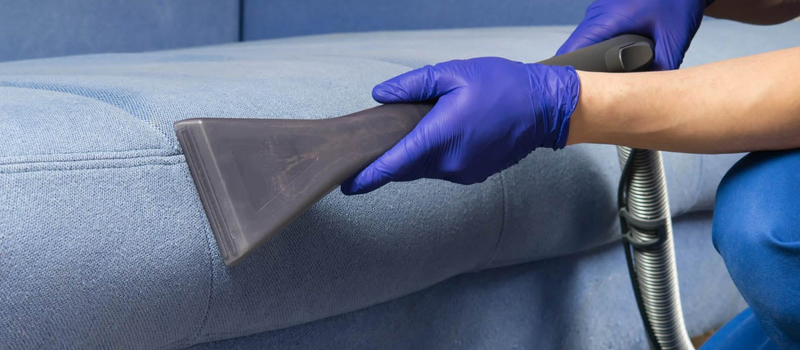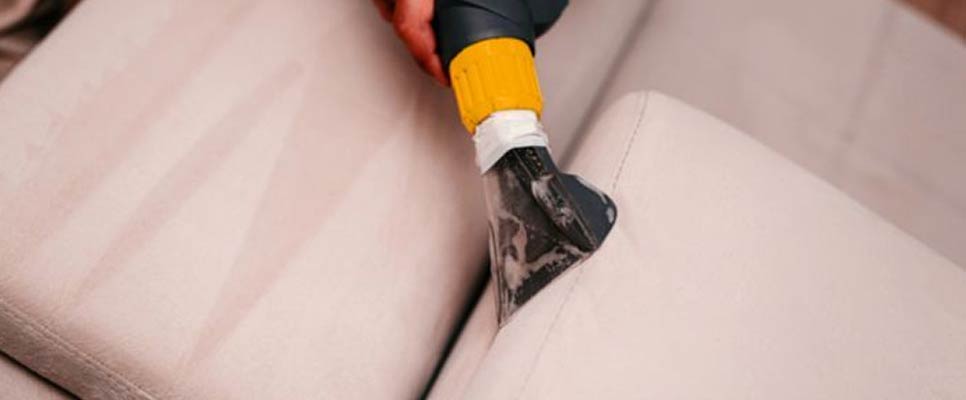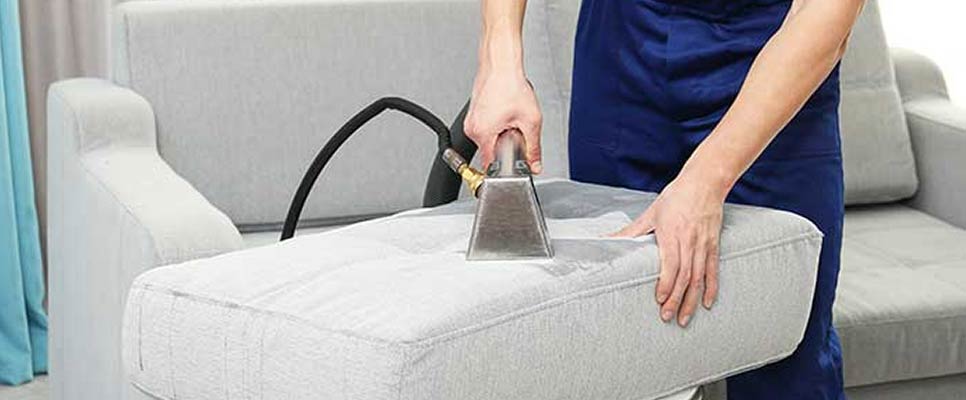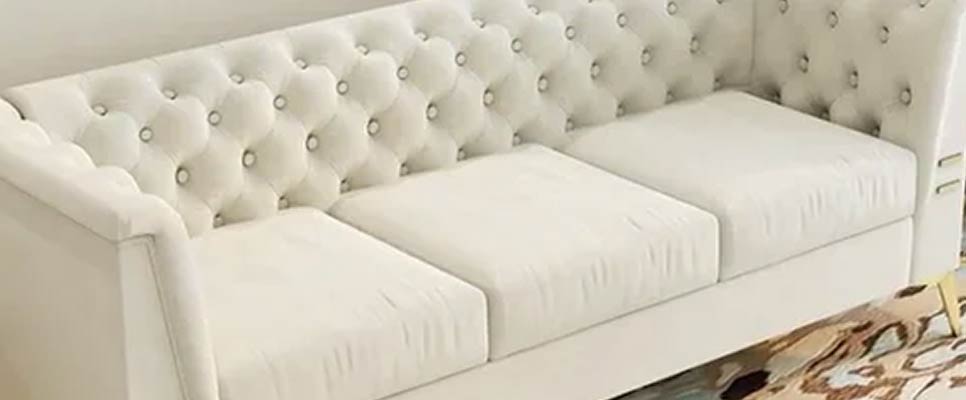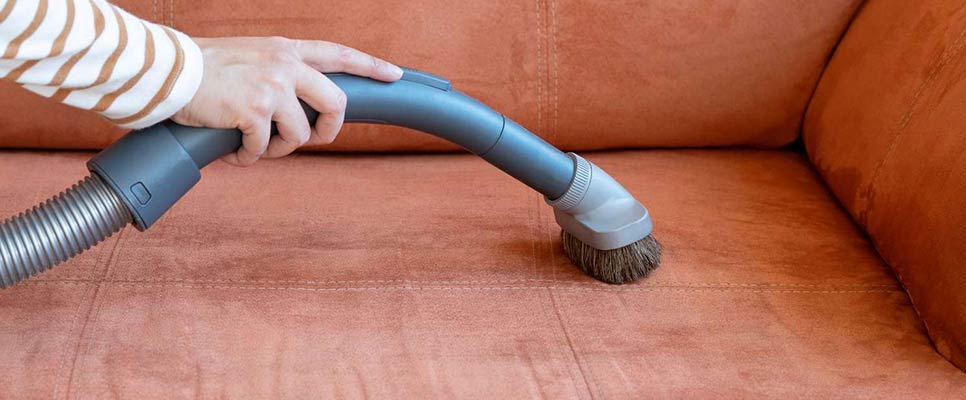A clean and inviting lounge is the heart of a home, but dirt and stains can quickly dull its charm. From accidental spills to everyday dust, maintaining your lounge furniture requires a mix of care, techniques, and the right tools. In this guide, we’ll share expert tips to help you banish dirt and stains from your upholstery effortlessly. With proper upholstery cleaning, you can restore your lounge to its former glory.
Why Regular Upholstery Cleaning is Essential
Your lounge furniture is exposed to constant use, which makes it a magnet for dust, dirt, and allergens. Over time, these particles settle into the fabric, affecting its appearance and lifespan. Regular cleaning of upholstery ensures:
- A fresher and more appealing look.
- Improved indoor air quality by removing allergens like dust mites.
- Prolonged furniture life by preventing wear and tear from dirt build-up.
Step-by-Step Guide to Cleaning Your Lounge
1. Vacuum Regularly
Start by vacuuming your lounge furniture to remove loose dirt and debris. Use a vacuum cleaner with an upholstery attachment to reach crevices and corners. This step prevents dirt from embedding deeper into the fabric.
2. Spot Clean Stains Immediately
Accidental spills are inevitable, but prompt action can prevent permanent stains. Use these steps for spot cleaning:
- Blot the spill gently with a clean cloth—don’t rub, as this can spread the stain.
- Mix a solution of mild dish soap and lukewarm water.
- Apply the solution with a cloth and blot the stain.
3. Deep Clean Periodically
For a thorough clean:
- Check the care label on your furniture for specific cleaning instructions.
- Use a fabric-safe cleaning solution or a steam cleaner for deep cleaning.
- Let the furniture air dry completely to prevent mold or mildew.
4. Banish Odors Naturally
Sprinkle baking soda over your lounge furniture to neutralize odors. Let it sit for 15–20 minutes, then vacuum it off. For a fresh scent, consider using a fabric-safe spray.
Common Stains and How to Treat Them
Food and Drink Stains
- Blot the spill and use a mix of vinegar and water to lift the stain.
- Avoid hot water, as it can set protein-based stains like milk or blood.
Oil and Grease Stains
- Sprinkle cornstarch or baking soda over the stain to absorb grease.
- Gently brush it off and clean with dish soap and water.
Pet Stains
- Use an enzyme-based cleaner to break down odors and stains caused by pet accidents.
- Follow up with baking soda to neutralize any lingering smells.
Preventive Tips for Maintaining Your Lounge
- Use Slipcovers
Slipcovers are a stylish and practical way to protect your furniture. They’re easy to wash and replace, helping to guard against spills and dirt. - Rotate Cushions
Rotating cushions regularly helps distribute wear evenly and prevents one area from becoming excessively dirty. - Implement Dust Mite Control
For allergy-prone households, professional Dust Mite Control for Upholstery Near Me services can help eliminate allergens embedded in your furniture. - Keep Food and Drinks Away
Encourage family members to avoid eating or drinking on the couch to minimize stains.
Benefits of Professional Upholstery Cleaning
While DIY methods work well for routine maintenance, professional cleaning offers a deeper and more thorough solution. Trained experts use specialized tools and eco-friendly products to remove even the toughest dirt, stains, and odors. They can also handle delicate fabrics safely, restoring your furniture’s original texture and color.
Contact Us
Revive your lounge with expert upholstery cleaning services. Our team specializes in removing dirt, stains, and allergens to give your furniture a fresh new look. Contact us today to learn more about our professional solutions!
Conclusion
A spotless and inviting lounge doesn’t have to be a dream. With regular maintenance, prompt stain removal, and occasional professional cleaning, you can keep your furniture looking as good as new. By following these expert tips, you’ll create a clean and comfortable space for your family and guests to enjoy.
FAQs
Vacuum your lounge weekly and deep clean every 6–12 months, depending on usage and exposure to dirt.
Some household products can damage delicate fabrics. Always test a small, inconspicuous area first or use products designed specifically for upholstery.
Keep your lounge furniture away from direct sunlight and use curtains or blinds to reduce UV exposure.
Yes! Professional cleaning can handle tough stains and allergens that regular cleaning might miss, prolonging the life of your furniture.

